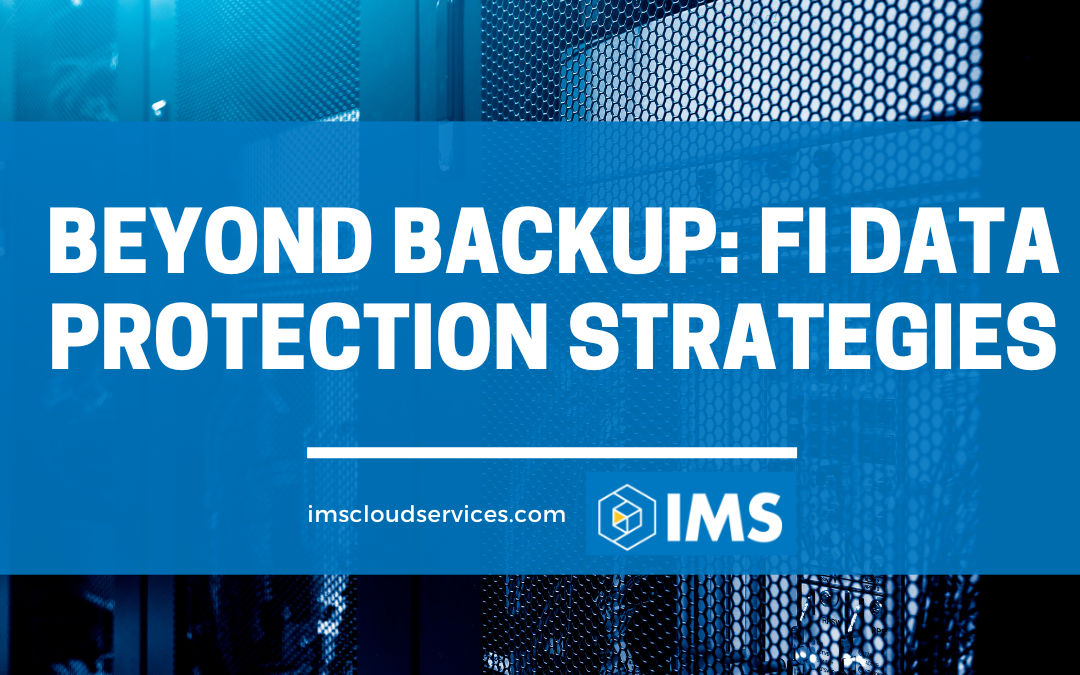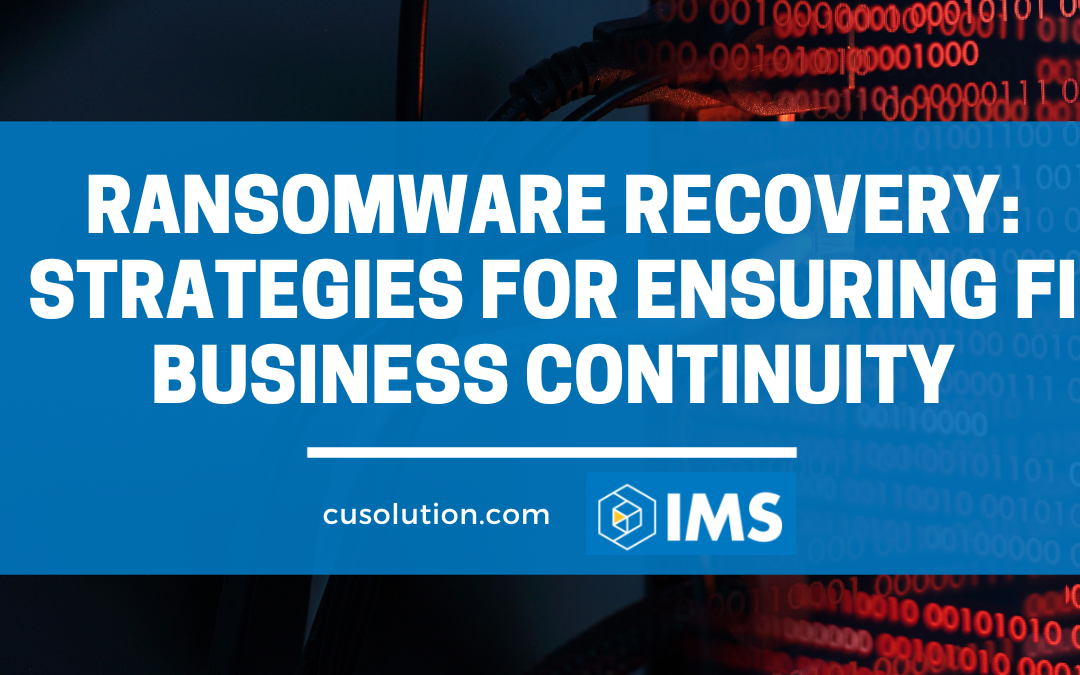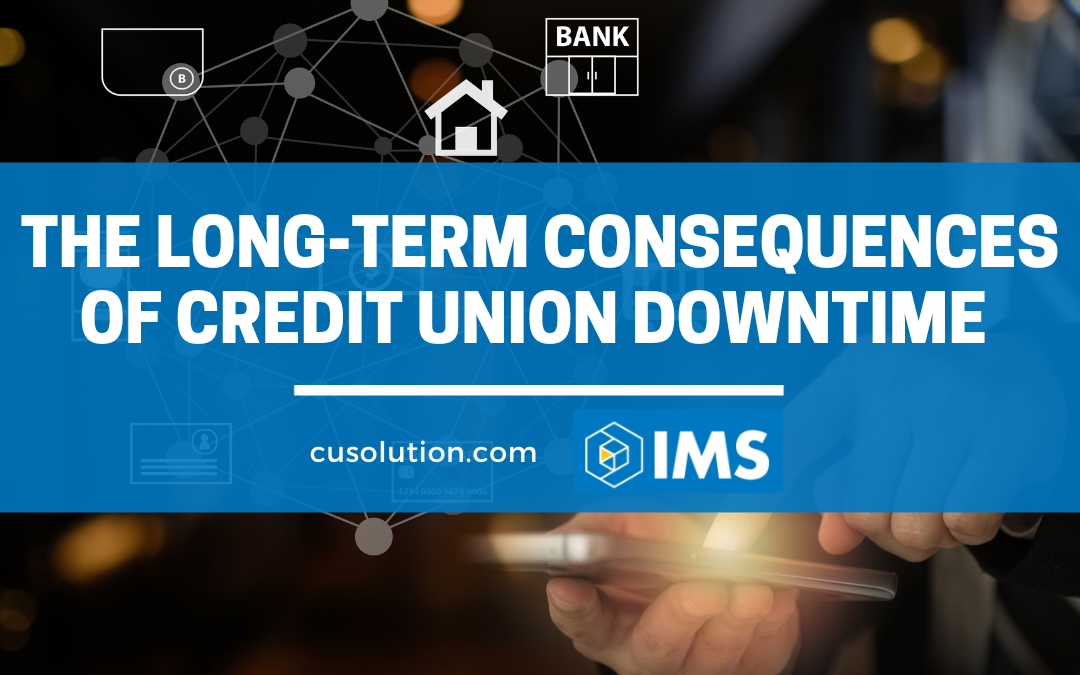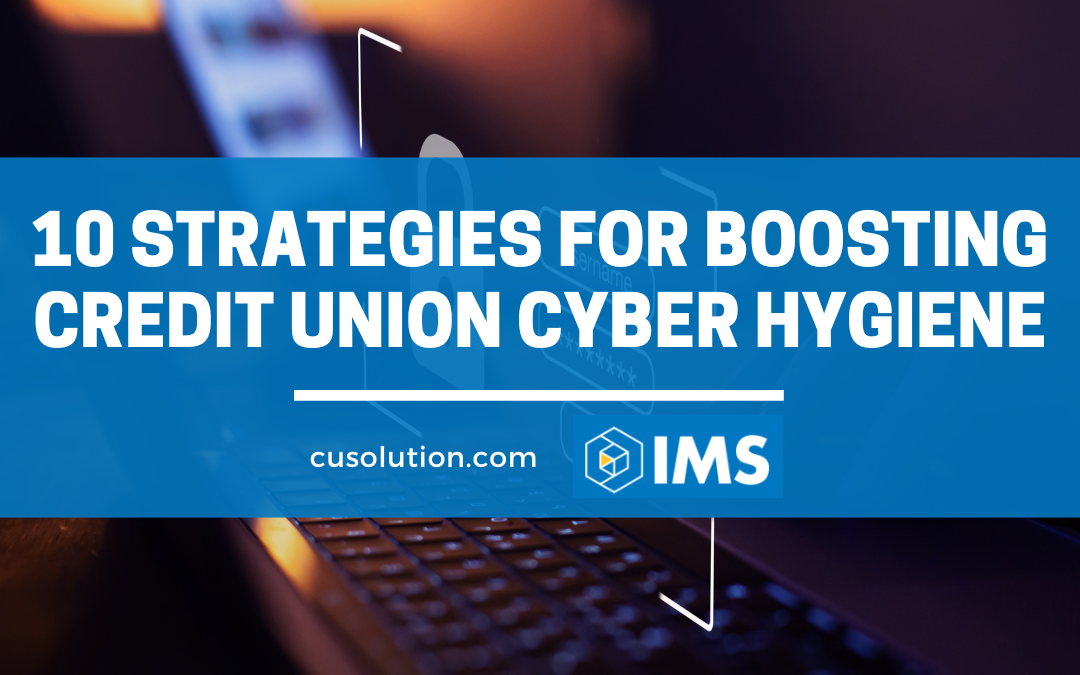
by admin | Apr 15, 2024 | Backup, Business Continuity Planning, Cybersecurity, Disaster Recovery
The evolution of digital finance has ushered in an era of unparalleled convenience and efficiency. Yet, this advancement brings with it a shadow of cyber threats, where the security of sensitive financial data hangs in the balance. The role of data protection and...

by admin | Mar 10, 2024 | Backup, Business Continuity Planning, Cybersecurity, Disaster Recovery
Digital transactions are now the heartbeat of the financial world, making cybersecurity the critical keeper of trust. As we move into 2024, the cybersecurity scene is shifting again, bringing fresh challenges for community banks and credit unions. These...

by admin | Feb 8, 2024 | Backup, Business Continuity Planning, Cybersecurity, Disaster Recovery
In December 2023, a devastating ransomware attack targeted the cloud services provider Ongoing Operations, causing a widespread outage that impacted numerous credit unions. This incident served as a wake-up call for financial institutions and credit union...

by admin | Nov 30, 2023 | Backup, Business Continuity Planning, Disaster Recovery
Picture this: it’s payday and your members eagerly log into your app, anticipating the arrival of their hard-earned money. But instead of seeing the reassuring digits on their screens, they are met with an error message – unplanned downtime strikes...

by admin | Oct 19, 2023 | Backup, Business Continuity Planning, Disaster Recovery
Climate risks, once distant scenarios or hypotheticals, have now become clear and present realities. From devastating wildfires to destructive storms, rising sea levels, and recurrent floods, these challenges pose serious threats to the business continuity of...

by admin | Oct 5, 2023 | Backup, Business Continuity Planning, Cloud Computing, Cybercrime, Cybersecurity, Disaster Recovery, IaaS
As we recognize Cybersecurity Awareness Month, there’s no better time to reflect on why cybersecurity matters to the credit union community. Today’s interconnected world means there are near-infinite possibilities for credit union growth and member...






